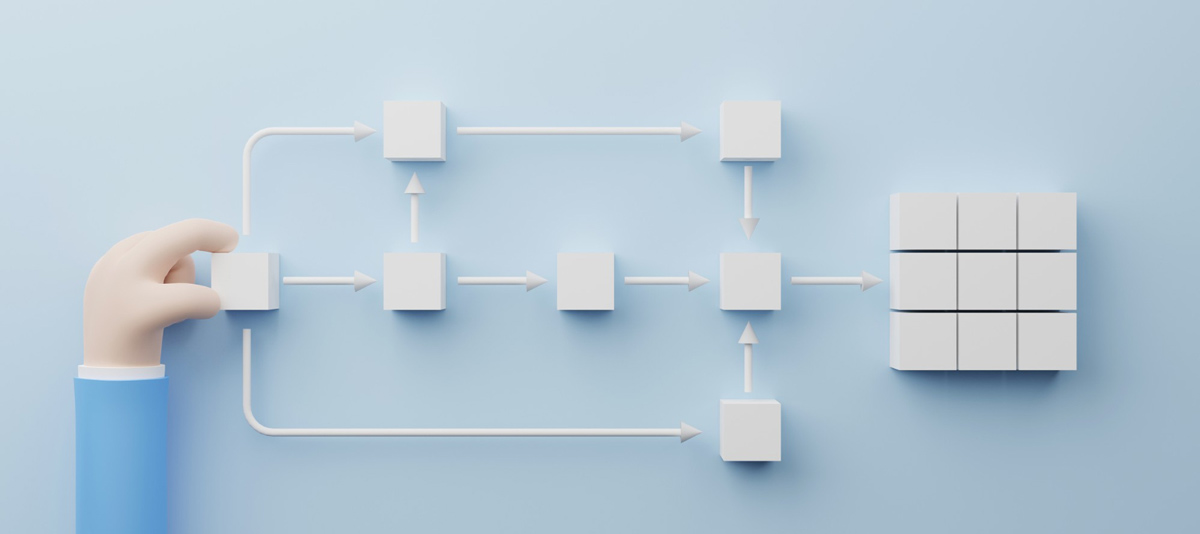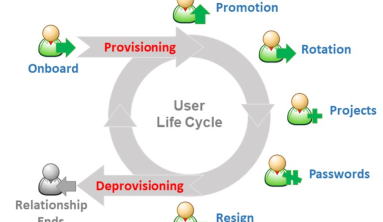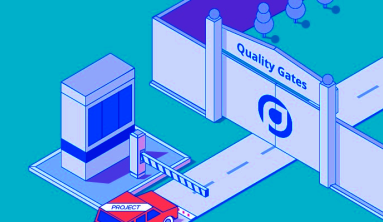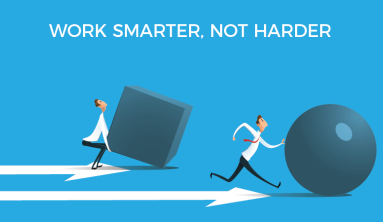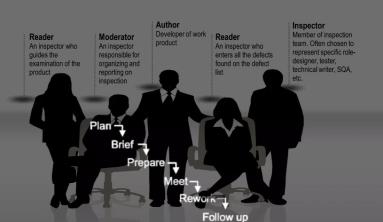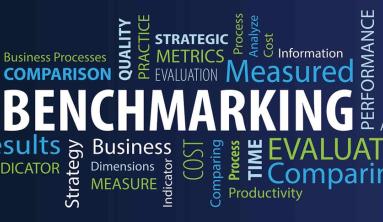A process has been streamlined when it has been simplified. This simplification process is usually achieved by removing complex or unnecessary steps. There are several ways to streamline a process that includes various approaches and modern business information technology platforms that help organizations thrive. In this article, we discuss what streamlining is and the benefits of it, what processes and workflows are, and how to streamline processes and workflows to improve efficiency.
What is streamlining?
Streamlining is the process used to simplify or eliminate unnecessary work-related tasks to improve the efficiency of processes in businesses or organizations. Streamlining processes require the usage of modernizing techniques, technology and other possible approaches to complete.
What are processes and workflows?
Processes and workflows are similar but they are not the same. Here are the correct definitive terms for processes and workflows:
-
Process: A set of repeatable activities that need to be continued to complete a specific goal that an organization has set.
-
Workflow: A series of repeatable activities that need to be continued to complete a specific task.
Each business or organization likely participates in processes and workflows that are unique to their career field and related-tasks.
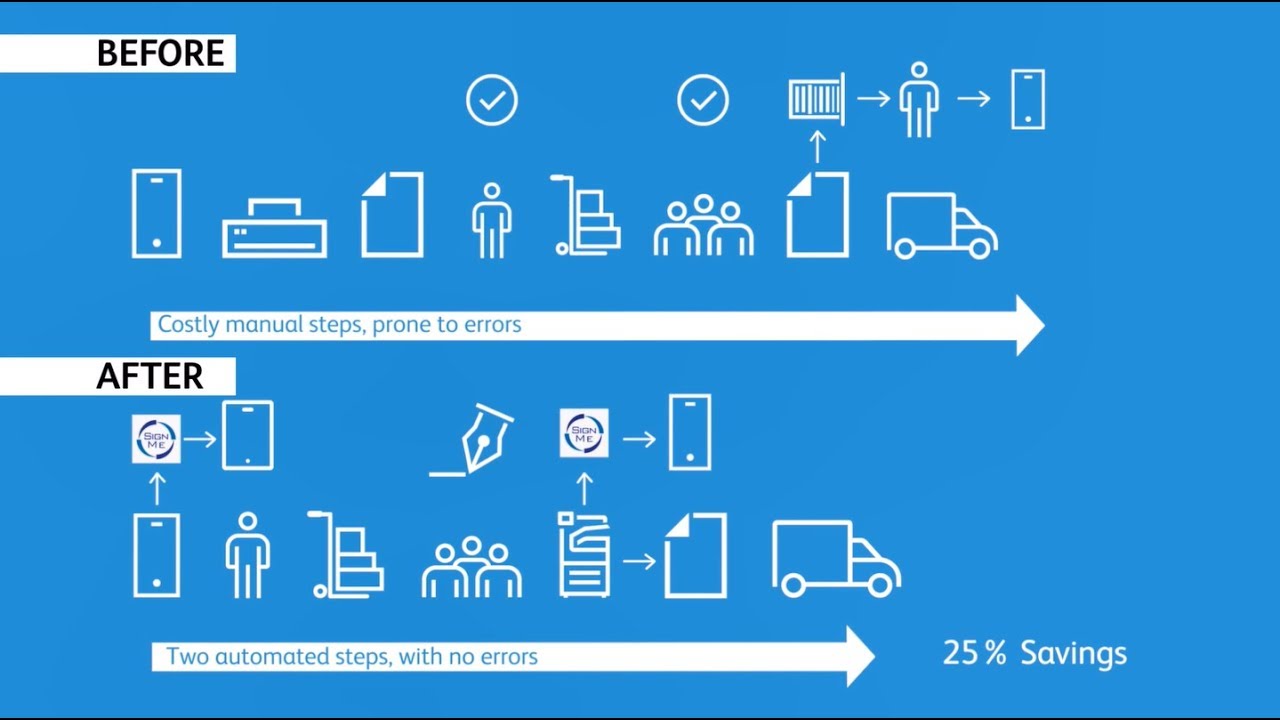
Benefits of streamlining processes and workflows
By streamlining your organization’s daily processes, you can achieve many different things that require less work and free up time. Here is a list of benefits your business or organization may experience when you streamline your processes and workflows:
1. Increased cost efficiency
Streamlining software will likely decrease the amount of paper your workplace uses and require less staffing since data entry and processing can be done automatically. This will likely save your business money so you can allocate funds elsewhere.
2. Improved productivity
Your employees will likely become more productive when processes are streamlined and they can have a more accurate idea of the daily tasks and expectations assigned to them. They will be able to focus more on the quality of what they are producing when unnecessary tasks are reduced.
3. Improved communication
Streamlined management systems improved communication between departments and allow for better tracking of completed tasks. Employees will spend less time moving around to communicate with each other and they can get to assigned tasks in a more timely manner.
4. Better time management
With less tedious tasks for you and your employees to complete, you will likely be able to manage your time better and complete the most important tasks first and have buffer-time in between tasks.
5. Minimize risk
Businesses with streamlined processes have greater transparency. It is easier to capture the progress of your employees and notice mistakes or missed deadlines from one location. For instance, streamlining may also help with business obligations such as complying with certain regulations or delivering some product or service you may produce on time to your clients.
How to streamline processes and workflows to improve efficiency
Streamlining processes and workflows may take some time and is best completed in small steps that contribute to your organization’s improved efficiency goals. Businesses may streamline processes by reviewing the details of how they manage their individual challenges. Your organization needs to decide which areas to streamline. Here are 6 steps you may try to streamline processes and workflows to improve efficiency:
1. Assess existing processes and workflows
When you assess your current processes and workflows it will be easier to get an overall idea of the exact way things are done before you can notice what areas could be greatly improved by streamlining.
For instance, it may be helpful to list your processes and workflow in the most simplistic terms, write down what you believe the benefits of each process is and list each person involved in the process.
2. Rank processes
It is likely surprising to find out exactly how many processes and workflows are actually carried out to complete goals or tasks. Many processes are interrelated and may not be as important.
Write down a list of processes from most important to least important. This will help you to decide which process to streamline first, second, third and so on.
3. Analyze outcomes
Once you have assessed the processes and workflows, you may analyze the outcomes or results of those processes and workflows. This gives you a perspective on processes that are tedious, unnecessary and not budget-friendly.
For example, you may note in the assessment that there are five bins of paper shredded and taken to the trash each day. When you analyze the outcome you should calculate the cost of the toner and paper, the time employees spend printing and shredding and compare what a new software could do to improve a certain process or workflow in your organization or department.
4. Ask for feedback
Colleagues, coworkers or employees may have valuable feedback about the workflow chain or process. Many of these individuals likely have their own ideas on how processes are working and how they can be improved to save time and complete tasks and goals more efficiently. There are often small details that can be improved to streamline processes and they can be easily missed unless you ask for feedback from those with whom you work.
For instance, you may try holding a meeting to discuss areas of improvement or you may generate a survey based on various processes and workflows and have your employees submit answers anonymously to avoid bias.
5. Streamline and automate processes
There are now many modern workflow software solutions that help with streamlining business processes and workflows. They are often referred to as business process management software. Each one has its own features and capabilities that will benefit different career fields and organizations. However, most BPMs are designed to have similar benefits such as making it easy to collect data in a central location, automating steps in business workflow and generating better visibility with graphs, charts and reports.

Try researching software that may work for your organization and check to see what your competitors are using to streamline their processes.
6. Adjust and refine
There is no perfect process or workflow and they will likely require continuous adjustments or refinements. You may want to change the streamlining processes based on your results. It may also take time to train employees properly on the new processes and not every employee may get the process down correctly the first time. When you refine processes and workflows, it requires you to be patient and ask for additional feedback from clients and employees.
Contact us for comprehensive solutions of streamlining your automated process.
Via indeed
